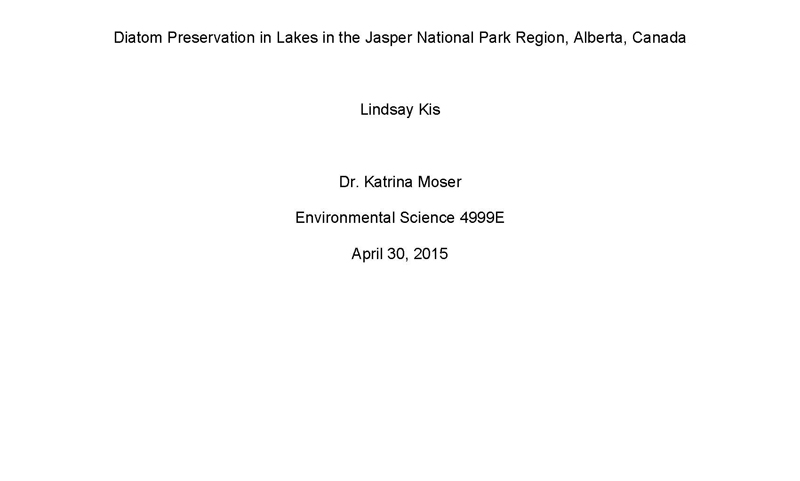Research from Lindsay Kis of the University of Western Ontario, related to the fRI Healthy Landscapes Program.
Lindsay Kis was the winner of the best Environmental Science BSc thesis presentation at the University of Western Ontario.
Abstract:
Recent human activities (e.g., burning fossil fuels, synthesis of fertilizers) have led to
a need to better understand how humans are changing the earth’s systems.
Paleolimnologists can add to our knowledge of the effects of human activities by
determining past environmental conditions and how they have changed in response to human activities. Diatoms, unicellular algae characterized by a cell wall composed of hydrous silica, are one of the most frequently used proxies of environmental change. These include changes in water quality (e.g., nutrient concentrations) and water quantity (e.g., lake level), but our ability to use them is dependent on the quality of diatom preservation in lake sediments. The research outlined here focused on identifying the degree of diatom preservation and gaining insights into factors that control preservation in lakes located in Jasper National Park, Alberta. This research shows that in all lakes studied dissolution was occurring, but the degree of preservation varied markedly. This research will contribute to determining the accuracy of our estimates of nutrient concentrations from diatoms preserved in sediment cores.







